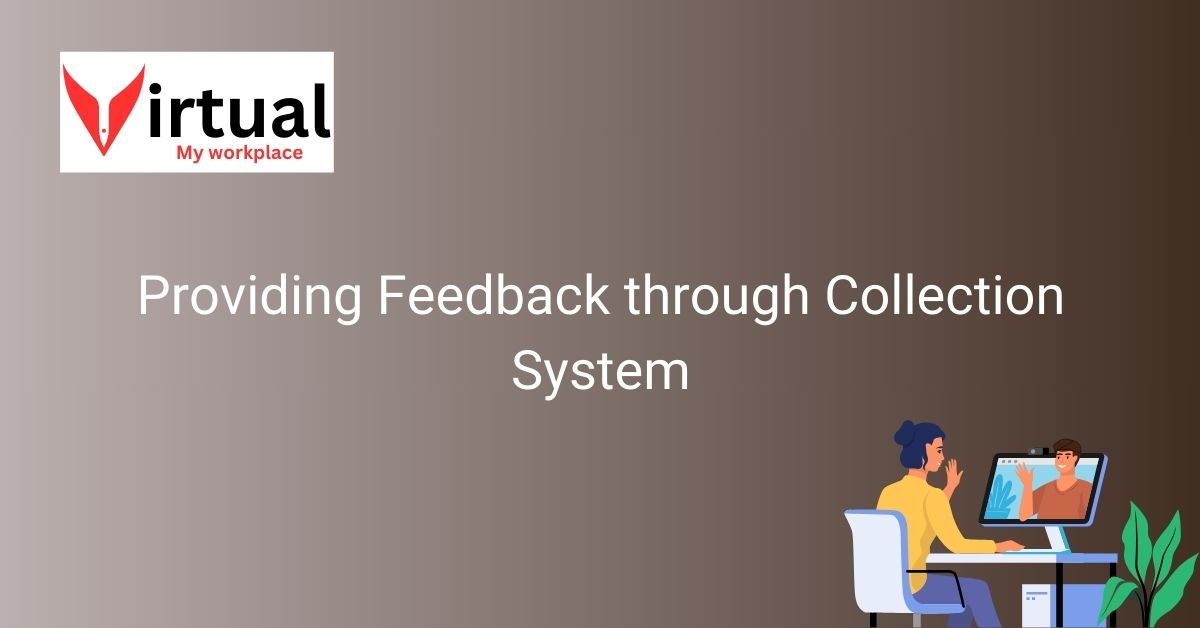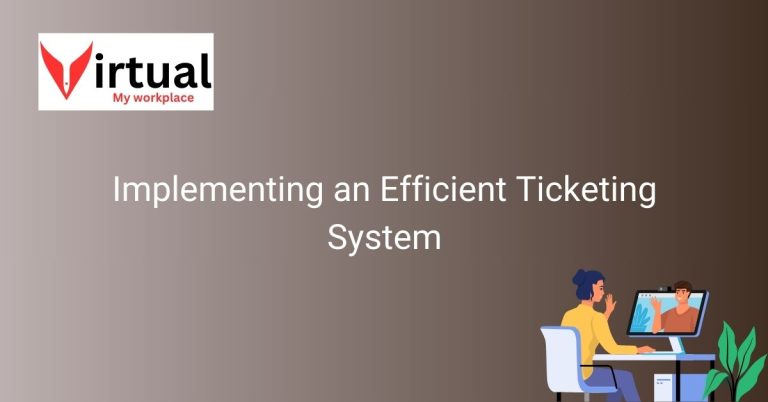Providing Feedback through Collection System
Feedback collection systems are vital in any virtual workplace, allowing for valuable insights to be gathered and analyzed. By implementing a structured approach to receiving feedback, organizations can make informed decisions to enhance productivity and overall performance. Whether it’s through surveys, questionnaires, or direct communication channels, the feedback collection system plays a crucial role in shaping the work environment.
Understanding the importance of feedback in a virtual workplace is key to fostering a culture of continuous improvement. By actively seeking input from employees and stakeholders, organizations can identify areas for growth and development. Through a well-designed feedback collection system, valuable data can be gathered to drive strategic decision-making and ultimately, drive success within the virtual workplace.
Importance of Feedback Collection Systems
Feedback systems are essential in a virtual workplace as they provide valuable insights for improvement. By having a structured approach to collecting feedback, organizations can gather data that helps in making informed decisions to enhance productivity and overall performance. Utilizing feedback systems ensures that the virtual workplace is constantly evolving and adapting to meet the needs of employees and stakeholders.
Benefits of Structured Feedback Approach
A structured feedback approach allows for a systematic process of gathering, analyzing, and implementing feedback. This approach helps in identifying patterns, trends, and areas for improvement within the virtual workplace. By having a clear framework for feedback collection, organizations can streamline their feedback process and make meaningful changes to enhance operations.
Enhancing Productivity Through Feedback
Feedback is a powerful tool for boosting productivity in a virtual workplace. By receiving feedback from employees, managers can understand what motivates their team, what challenges they face, and how processes can be optimized. Implementing feedback-driven strategies can lead to increased efficiency, engagement, and overall productivity within the virtual workplace.
Role of Surveys and Questionnaires
Surveys and questionnaires are valuable tools for collecting feedback in a virtual workplace. These instruments allow organizations to gather quantitative and qualitative data from a large group of participants. Surveys and questionnaires provide structured feedback that can be analyzed to identify trends, preferences, and areas for improvement within the virtual workplace.
Direct Communication Channels for Feedback
Direct communication channels, such as one-on-one meetings, feedback sessions, and open forums, play a crucial role in collecting feedback. These channels allow for real-time interactions between employees and managers, fostering open dialogue and trust. By providing direct communication channels for feedback, organizations can address issues promptly, build strong relationships, and create a culture of transparency within the virtual workplace.
Cultivating a Culture of Continuous Improvement
Feedback collection systems are instrumental in cultivating a culture of continuous improvement within a virtual workplace. By encouraging employees to share their feedback and suggestions, organizations can foster a mindset of growth and innovation. Embracing feedback as a tool for learning and development can lead to ongoing enhancements, increased morale, and a more collaborative work environment.
Driving Strategic Decision-Making with Feedback
Feedback plays a key role in driving strategic decision-making within a virtual workplace. By analyzing feedback data, organizations can identify trends, challenges, and opportunities that inform their decision-making processes. Incorporating feedback into strategic planning helps in aligning goals, improving performance, and ensuring that the virtual workplace is responsive to the needs of its employees and stakeholders.
Leveraging Data for Virtual Workplace Success
Feedback data is a valuable resource for achieving success in a virtual workplace. By leveraging data collected through feedback systems, organizations can gain valuable insights into employee satisfaction, performance metrics, and areas for improvement. Analyzing feedback data enables organizations to make data-driven decisions, implement targeted interventions, and continuously evolve to ensure the success of the virtual workplace.
Frequently Asked Questions
Our Frequently Asked Questions section provides detailed information on the importance of feedback collection systems in enhancing productivity and performance within the workplace.
How can feedback collection systems benefit organizations?
Feedback collection systems allow organizations to gather valuable insights from employees and stakeholders, enabling informed decision-making to drive productivity and overall performance.
What are the key components of a successful feedback collection system?
A successful feedback collection system includes structured approaches such as surveys, questionnaires, and direct communication channels to gather data effectively for strategic decision-making.
How does feedback contribute to a culture of continuous improvement?
By actively seeking input from employees and stakeholders, organizations can identify areas for growth and development, fostering a culture of continuous improvement and innovation.
What role does feedback play in shaping the work environment?
Feedback helps shape the work environment by providing valuable insights that can lead to positive changes, enhancing collaboration, communication, and overall performance within the organization.
How can organizations use feedback data to drive success?
Organizations can use feedback data gathered through collection systems to drive strategic decision-making, identify areas for improvement, and ultimately achieve success within the workplace.







